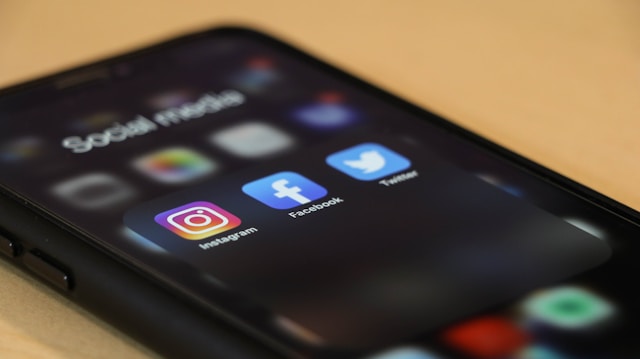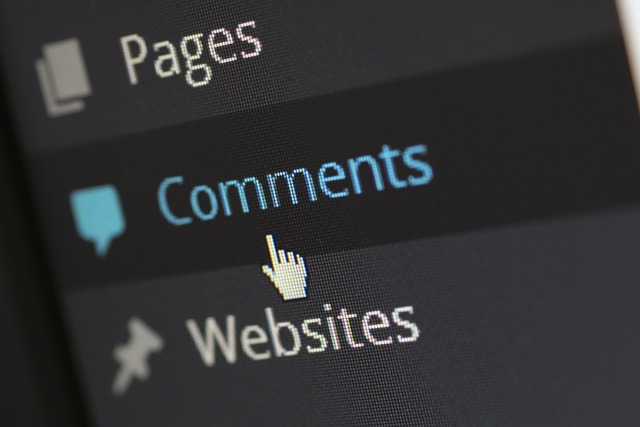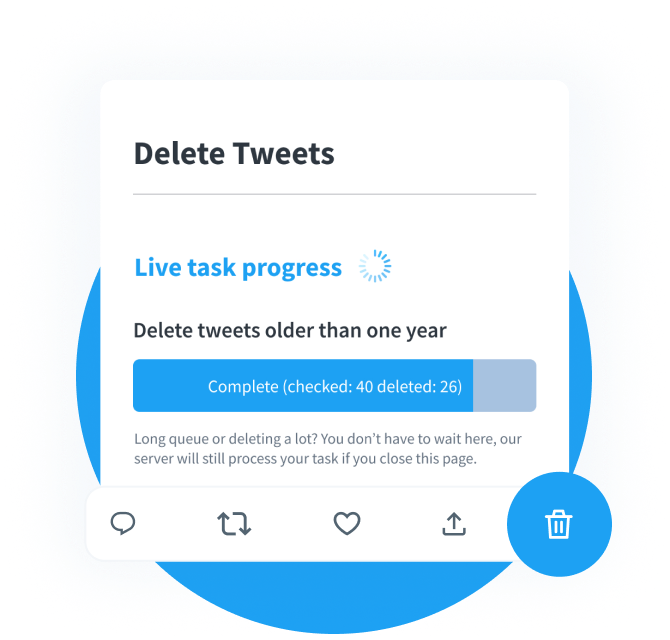Artificial intelligence (AI) has been in use for several decades. However, it has become the talk of the town due to the incredible rate of advancement in its capabilities. You can see it in action, especially on social media, as content creators use it to craft text and image-based content.
It has become essential to discuss the ethical use of AI, given what people can do with this technology.

Table of Contents
Ethical Use of AI: The Framework To Create Trust for This Technology
Companies and industries are trying to find solutions to integrate AI into your daily activities. As a result, there is a stronger need to have ethical boundaries in place. This ensures that companies developing this advanced automation technology do so safely and ethically.
Ethics in AI is setting adequate guidelines to prevent the misuse of these advanced autonomous systems. It also focuses on user privacy and prevents discrimination of individuals due to biases. The aim is to set moral principles and categorize various activities globally under acceptable and legitimate use.
Government regulators are already working on creating frameworks and guidelines for the ethical use of these systems. However, it can be challenging for laws to keep up with the changes as AI models evolve quickly. Furthermore, they may not have the resources to ensure fair development of these tools.
The onus lies on private companies, as they are the ones who develop and make AI tools available to everyone. They have to set standards regarding the code of conduct and ethics. If done correctly, companies that want to work on this tech in the future will have robust guidelines to follow.
AI systems are as good as the data it learns from. Inaccuracies and biases can have significant negative impacts in the long run. These models can become unfavorable towards underrepresented individuals or produce inaccurate statements. Even the engineers responsible for maintaining these tools will find it challenging to correct these mistakes.
For example, Twitter’s image cropping algorithm favored people with fairer skins. As a result, it cropped out the faces of individuals with darker skin tones. Setting ethical guidelines can ensure these situations are less likely to happen in the future.

4 Challenges to Ethics in AI
Although these are powerful and complex technologies, they still aren’t perfect. The creators of these tools have to answer many real-world questions about ethics, as highlighted in the four points below:
- Ensuring the data sets AI uses are fair: Organizations shouldn’t train AI tools with data sets that contain various biases based on gender, ethnicity, and race.
- Prevent individuals and bad actors from misusing AI models: Although several guardrails exist to prevent misuse, individuals continue to find workarounds. Companies must develop better solutions to improve safety and reduce security risks as much as possible.
- Report if and when things go wrong: If there is an issue with the AI model, researchers need to report and clarify the reason behind the problem. This means explaining the impact of datasets and algorithms on AI-based decisions. Tracing the root of the problem is essential for fixing issues.
- Maintain the privacy of individuals: AI models train on publicly available data to be effective and efficient tools. However, people need to understand this benefit comes at the cost of sharing their data. These models must only collect what’s necessary and use this information responsibly. Also, they should delete the data when they no longer require the collected files.
Twitter Deep Fakes: X’s Stance on Deceptive Multimedia
Deep fakes are essentially computer-generated videos and images that aren’t real. Usually, they involve using existing multimedia and overlaying it with other content.
For example, if you use TikTok, you may have encountered deep fakes of Tom Cruise (@TomCruise), the American actor. While similar to the face swap filter, this technique is highly complex and convincing.
In a way, you can think of this technique as using Photoshop in real-time. It involves training machine learning algorithms on multiple images to produce high-quality impersonations. The problem with this technology is that bad actors can use them to create fake content.
With deep fakes, you can make people do or say anything, even if they didn’t do it in real life. This is why people have ethical concerns over this technology.
Twitter deep fakes go against the platform’s synthetic and manipulated media policy. According to these rules, the platform doesn’t allow you to share manipulated or synthetic media if it misleads people.
What does Twitter, now X, do when it comes across deep fakes? The platform may label such content to inform users about the altered media. X can make it harder for people to find such content by decreasing the posts’ visibility. They have the authority to turn off engagement. You may also see a warning message when sharing the post with others.
If the deep fake will harm a community or a person, X asks the author to take down the post. Should the publisher continue to share deep fake content, the social network makes it harder to discover their account. It can also lock the person’s profile or suspend them for breaking its rules.
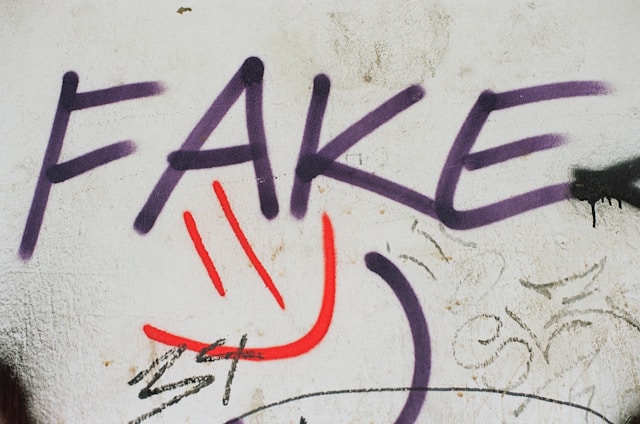
Taylor Swift and Twitter: The Story Behind the Swift Deep Fake Scandal
You might be wondering what the deal is with Taylor Swift and Twitter. It was all over the news for several days, and the musician also trended on the social media platform.
On January 25, 2024, there was a flood of fake images of Taylor Swift on X from a verified user. The post received over 45 million views, 260,000 likes, and 24,000 reposts. It took X 17 – 19 hours to take down the original post.
During this period, several users reposted this tweet and spread the fake images like wildfire. X was able to take down the post for the following reasons:
- The image violated the platform’s synthetic and manipulated media policy.
- The photo breaks the X’s non-consensual nudity (NCN) policy.
Twitter then prevented people from searching for Taylor Swift (@taylorswift13) on their search engine and suspended the original publisher’s account. This shows the potential risks of deep fake content and how challenging it is to stop them.
As highlighted in the article, this is one of the many ways people can use AI for nefarious reasons.

AI Guidelines for Twitter: The All-In-One Guide
AI has real applications, especially in the Twitterverse. For instance, several tools like Buffer and Hootsuite provide AI tweet generators.
Similarly, you can use OpenAI’s ChatGPT or Google’s Gemini to generate posts. However, before using such tools, it’s good to have a few rules in place. The following AI guidelines can ensure you use this technology responsibly and safely.
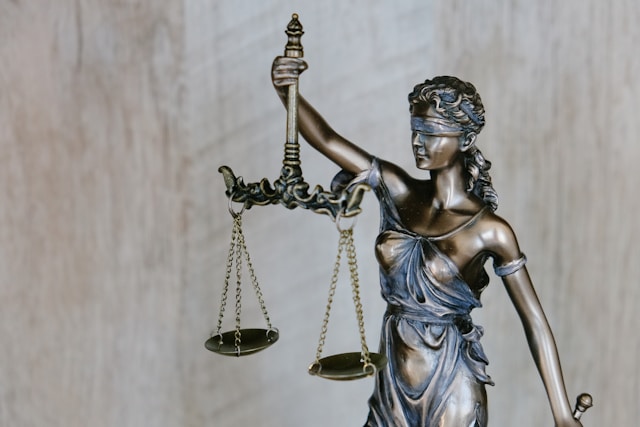
1. Outline Your Goals for X
It’s always better to know what you want to achieve by utilizing AI tools for your Twitter account. This makes it easier to find the service that meets your requirements.
2. Assign an Expert To Handle AI-Generated Content
The quality of the prompts determines the caliber of the results from various AI generation tools. A prompt is what you provide as input to these services. The AI tools will generate boring content if your cues are generic. You need to be specific and use detailed prompts to improve the quality of results.
If this isn’t right up your alley, it’s best to ask an expert to handle this task. They will produce and review the content these AI tools generate using human judgment. You can also rely on them to troubleshoot any issues with these services.
3. Be Clear About the Use of AI
Being honest with your target audience will make your account credible and trustworthy. Being transparent about the use of AI is challenging, as many people don’t know what to think about this technology.
Some embrace the new tools, while others are cautious or outright scared of what is possible.
Being transparent about using AI on your profile can help you in the long run. Are you planning on using AI generators to create ideas for posts? Do you want to use AI-generated images in your visual content strategy? Or are you planning on using it to generate hashtags relevant to your brand?
Although this isn’t necessary, you can inform your target audience about using AI tools. Go the extra mile and explain what to expect to alleviate the fears of this technology among your followers.
Your target audience will appreciate your effort to be transparent.
4. Double Check the AI-Generated Content Before Publishing Them
Although AI tools are incredible, they are far from perfect. The good news is that they make it easier for people to understand your content.
On the other hand, AI sometimes generates misinformation. Furthermore, as per a research article in Science Advances, it is challenging to distinguish between AI-generated and user-written content.
For example, Google’s Gemini allows you to double-check the response it generates. Any content highlighted in green indicates there is a source for the statement. It also shows related searches to acquire more information about the topic.
This is where your AI content expert comes into play. They will review the generated content to ensure it is error-free. Also, it’s good to check for plagiarism, just to be on the safer side.

Remove Hundreds of AI-Generated Tweets With TweetDelete
If you’re considering using content-generation tools powered by AI, make sure you use them ethically and responsibly. Always verify all generated statements from these tools and ensure they meet your content guidelines before publishing them.
It’s challenging to differentiate between legitimate information and misinformation in AI-generated content. The language patterns and writing styles it uses can be convincing. For example, when you reviewed the published posts, it didn’t seem like anything was out of place.
What if you published hundreds of tweets this way, only to discover later that the information is inaccurate?
TweetDelete can help prevent your mistakes from affecting your credibility. You can list all the AI-generated posts with the custom filter. Quickly remove these tweets from your profile page with the mass-delete tweets tool.
There’s the option to automate the post-deletion process by running the auto-delete task. It works best when you provide the keywords and hashtags the generated tweets contain.
The ethical use of AI tools is the best way to ensure this powerful technology has positive impacts. These models can help save time by speeding up the content creation process with acceptable risk.
Scan your profile for tweets with inaccurate information and delete these posts immediately with TweetDelete!






